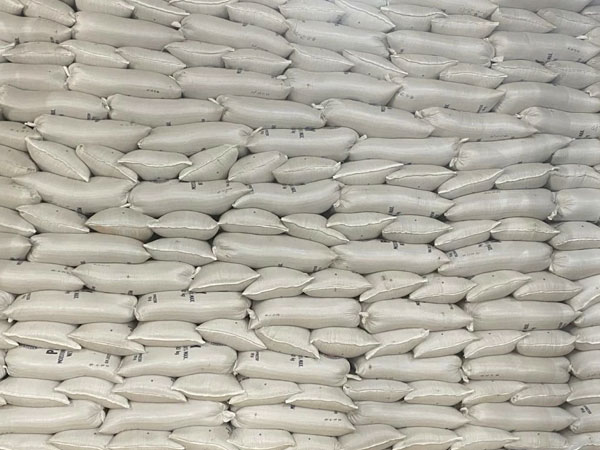 Robust export demand and growing domestic market main factors
Robust export demand and growing domestic market main factors
India’s basmati paddy output is up from 11 million tonnes (mt) in 2022-23 to 13 mt this year, yet both millers and consumers are paying more for the premium grain.
“The crop size is bigger this time, but we have paid an average price of Rs 50 per kg for paddy delivered at our plant, versus around Rs 46 in 2022-23. Farmer realisations have correspondingly risen from Rs 41-42 to Rs 44-45,” said Kunal Gupta, senior manager (procurement & production) at KRBL Ltd, India’s largest basmati miller and branded rice seller.
He attributed the higher prices to export demand and a growing domestic market.
Last year’s 11 mt basmati paddy production would have yielded about 7.25 mt of milled rice (at 66 per cent recovery) and 5.5 mt of “head” or non-broken grain (at 50 per cent). India exported 4.56 mt of basmati rice in 2022-23. Shipments during April-November 2023, at 2.99 mt, were 9.6 per cent more than the 2.73 mt for the corresponding eight months of 2022-23.
The Centre hasn’t imposed any export prohibitions on basmati rice, unlike with non-basmati grain. The latter exports have dipped 33.5 per cent from 11.57 mt in April-November 2022 to 7.69 mt in April-November 2023. Basmati shipments, entirely comprising head rice, are continuing as before on the back of robust demand.
The second reason for price rise has to do with the domestic market, accounting for the balance 2.7-3 mt. That market is growing, especially in the non-metros and also the South, which is not a traditional basmati consumer.
“Between 2016-17 and 2022-23, the top 10 cities have seen their share in domestic packaged basmati rice sales fall from 60 per cent to 40 per cent. It has shrunk more, from 48 per cent to 30 per cent, for metros in the South,” noted Ayush Gupta, KRBL’s business head.
The second reason for price rise has to do with the domestic market, accounting for the balance 2.7-3 mt. That market is growing, especially in the non-metros and also the South, which is not a traditional basmati consumer.
“Between 2016-17 and 2022-23, the top 10 cities have seen their share in domestic packaged basmati rice sales fall from 60 per cent to 40 per cent. It has shrunk more, from 48 per cent to 30 per cent, for metros in the South,” noted Ayush Gupta, KRBL’s business head.
KRBL claims to have the world’s largest integrated rice mill at Dhuri in Punjab’s Sangrur district.
With a milling capacity of 2,500 tonnes per day, it has facilities to store 0.5 mt of paddy and 0.2 mt of rice, besides a 12.5-megawatt power plant and units to process 250 tonnes/day of bran (into oil) and produce 10 tonnes/day of furfural (a chemical). The latter three use the husk (the inedible covering of paddy grain) and bran (the brown outer layer of the edible kernel) that are byproducts of rice milling.














© Copyright 2025 The SSResource Media.
All rights reserved.